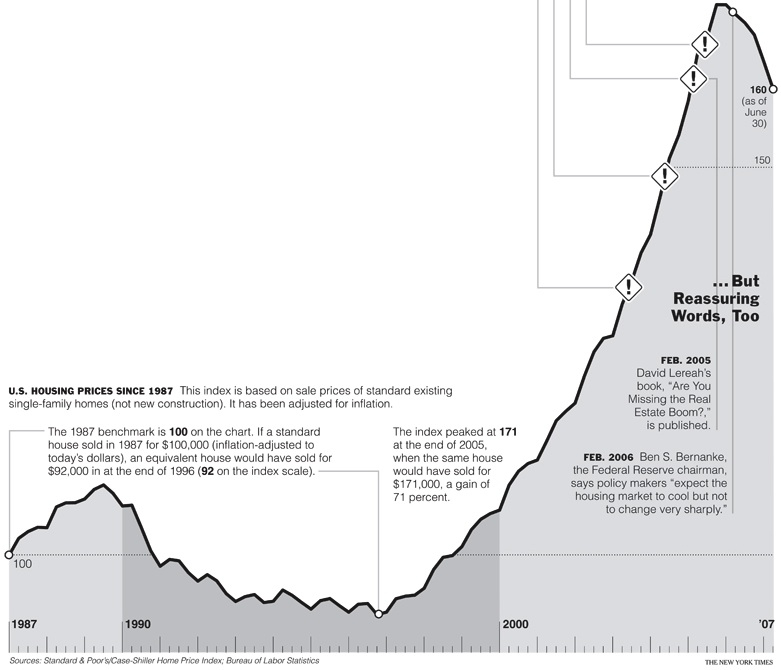The Credit Crisis of 1772
The panic of 1772, often referred to as the credit crisis of 1772, was a financial catastrophe that started in London. The crisis weakened the nation's banking confidence, which led to the decline of faith in the neighboring European banks. More than 500 London-based banks went bankrupt as a result of the crisis, which also caused 30 European banks to fail. It was regarded as the worst in the area in the past 50 years.
Despite having a significant impact, the credit crisis of 1772 is not generally recognized, despite the fact that it occurred immediately after the financial crisis of 1763 and before the American Revolutionary War. The banking crisis of 1772, as its name implies, was akin to a conventional banking crisis and was driven by the cascading effects of bank runs. Despite having a significant impact, the crisis's root cause is still up for debate.
In conclusion, the confluence of three factors the overheated economy, financial fraud, and banks' lax oversight of debtors' previous activities led to the banking crisis of 1772. The banking crisis of 1772 had a sharp and infectious effect. As soon as possible, the Bank of England increased bill reductions, increased loans to struggling banks, and increased working capital injections into specific segments of the private sector.








